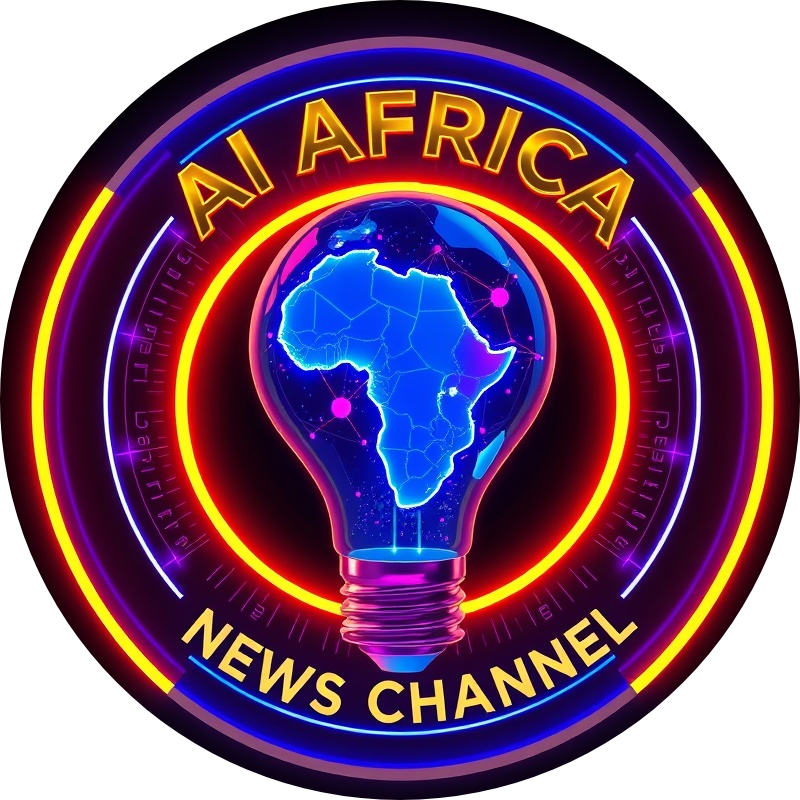
Unlocking Potential with Personalized Learning
In an age dominated by technology, the conversation around personalized learning is more relevant than ever. Former Australian Prime Minister Julia Gillard and Google DeepMind COO Lila Ibrahim delved into this transformative educational approach, proposing that it holds the key to delivering knowledge in ways that resonate with individual learning styles. They see personalized learning as a tool for addressing the staggering reality that hundreds of millions of children around the globe either lack access to education or struggle with its quality.
In 'What is the Potential of Personalized Learning?', the discussion dives into the transformative influence of AI on educational methods, sparking a deeper evaluation of how we can leverage these innovations for future learning.
Why Personalized Learning Matters
This model of education aims to meet learners where they are, adjusting the pace and style of learning to match their unique needs. As Gillard noted in her discussion, children might engage better with material if it's tailored to how they absorb information best—whether through reading, hands-on activities, or even gaming. The idea is that with the help of Artificial Intelligence, we can create diverse pathways for students, enabling them to reach educational milestones in a more engaging way.
The Role of Technology in Education
With AI rapidly evolving, Gillard and Ibrahim highlighted the pressing question: how can we ensure that technologies like AI serve as assistants rather than simply providing answers? The focus needs to shift towards utilizing AI in a way that enhances the learning experience, enabling both teachers and students to engage in a more interactive learning environment. By working collaboratively with local communities and educational institutions, we stand to scale these innovations effectively.
Embracing Future Learning Styles
The dialogue surrounding personalized learning isn't just about enhancing existing methods; it's about reinventing our approach to education altogether. Gillard’s journey into educational technology started from her dedication to equality in learning opportunities. The emphasis should lie on equipping children with the skills they need to excel in a world where AI will be a significant player. Personalized learning can help bridge the gap by providing varied resources that keep students engaged and motivated.
You don't have to wait for a summit or major educational reform to take action; you can start exploring personalized learning through available resources today. As children interact with technology in more dynamic and experiential ways, their learning experiences can be amplified, opening avenues that traditional methods might leave closed.
Join the movement towards personalized learning and discover how it can unlock a world of opportunities for all students, nurturing their potential while adapting to their individual needs.
 Add Row
Add Row  Add
Add 




Write A Comment